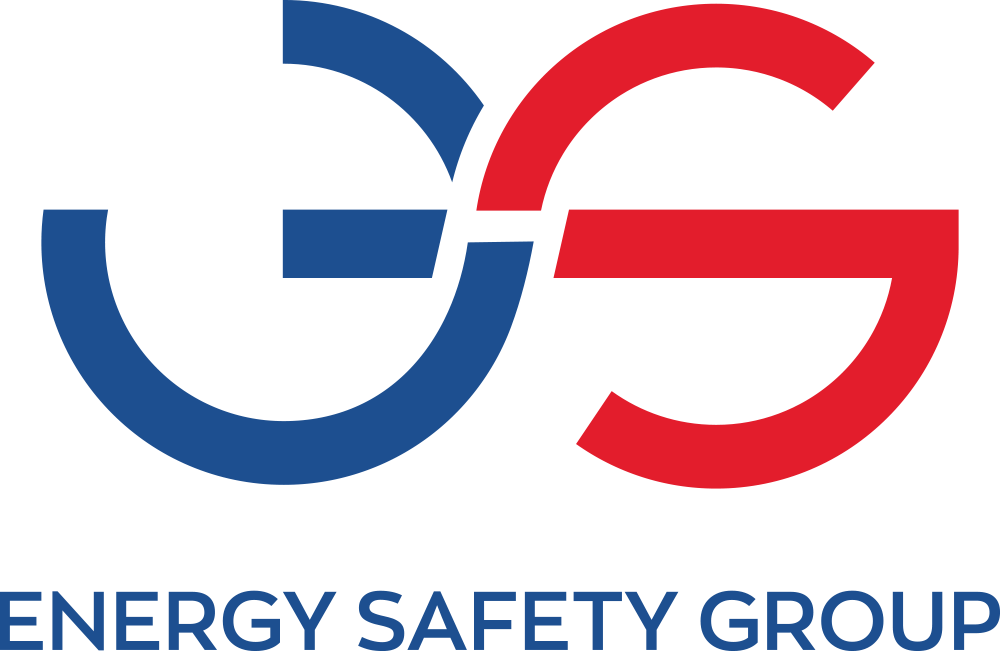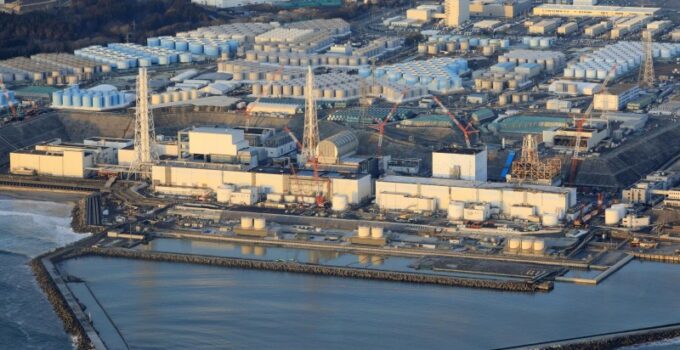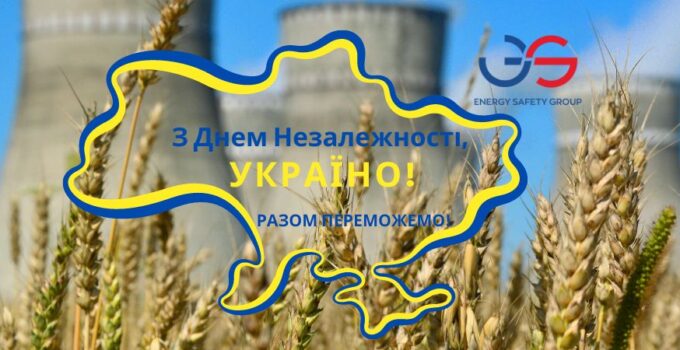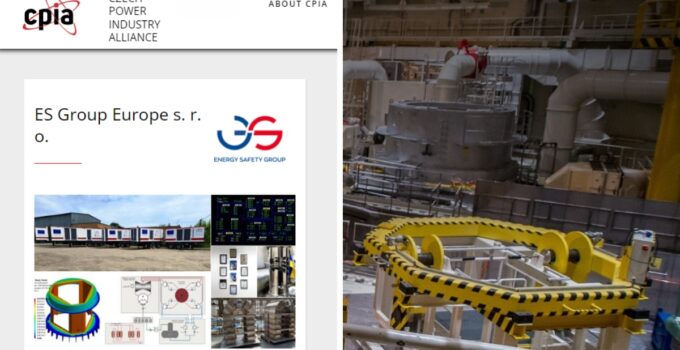Baseline calculations for safety analysis in case of severe beyond design-basis accident were presented in the conference in Croatia
The baseline calculations for safety analysis in the event of station blackout based on the models with computer codes RELAP/SCDAPSIM and ASYST were presented at the 13th International Conference of the Croatian Nuclear Society by the international group of specialists together with the Ukrainian ES Group.
The calculations were performed with the background of repeated cases of nuclear terrorism from the RF forces at Ukrainian nuclear power plants or close to the NPP site and specifically to VVER-1000 reactors type, being mainly operated in Ukraine. Six power units with VVER-1000 reactors are still under the control of the occupiers at Zaporizhzhya NPP.
This series of baseline calculations can be used to provide preliminary estimations of the reactor state and containment behavior in case of station blackout and in case of external damage to the containment, reactor coolant system and the reactor cooling system.
This approach is similar to that used by the IAEA emergency response team during the Fukushima-1 accident.
The analysis was made taking into account the results of the “post-Fukushima” safety analysis of the Zaporizhzhya NPP Unit 1 developed earlier by the ES Group using both RELAP5 and MELCOR codes (presented in 2020 during the 28th International Conference on Nuclear Engineering – ICONE28 in Anaheim, USA).
The participants also prepared the analysis on the basis of the new integral thermal-hydraulic code ASYST. ASYST VER 3.5 has a containment modeling option and can also consider the containment response under the severe accident conditions. The code is fully I/O compatible with RELAP/SCDAPSIM but in addition, has new options for the containment thermal-hydraulic conditions and severe beyond design-basis accident conditions.
The representative RELAP/SCDAPSIM VVER-1000 input models were presented by the Bulgarian Institute for Nuclear Research and Nuclear Energy (INRNE).
In addition to the representative input models of the power unit, ISS has developed two additional input models for the baseline calculations. This is a detailed model of the fuel assembly for the VVER-1000 reactor, which allowed for a wide range of studies in which thermal-hydraulic boundary conditions can be controlled in detail. These studies can help evaluate possible ways to optimize the accident management strategies using all the measurements inside the reactor vessel that may be available during a reactor blackout.
The second model is a detailed model of the VVER-1000 reactor core and pressure vessel, which made it possible to consider the effect of natural circulation inside the core and reactor vessel, as well as radial power changes in representative groups of nodes in the core. Such a model also allows direct control of the thermal-hydraulic boundary conditions.
Oleksandr Mazurok, Technical Director of ES Group (Kyiv, Ukraine), Raimon Pericas, Energy Software Ltd., (Barcelona, Spain), Ayah Elshahat, Alexandria University (Alexandria, Egypt), Carlos Chavez, University of Mexico (Mexico City, Mexico), Antoaneta Stefanova, Institute for Nuclear Research and Nuclear Energy (Sofia, Bulgaria), Asmaa Farag, North Carolina State University (North Carolina, USA), and Chris Allison, Innovative Systems Software LLC (Idaho, USA) participated in the study. The report was made by an aspirant Barbara Kedzierska (Warsaw, Poland).
For reference: The RELAP/SCDAPSIM code, designed to predict the behavior of reactor systems during normal and accident conditions, has been developed within the international SCDAP Program and presented in 28 countries. The program members and licensed software users include universities, research organizations, regulators, vendors and utilities located in Europe, Asia, Latin America, and the United States. Innovative Systems Software (ISS) is the program administrator.
ASYST 3.5 code, scheduled for official release in autumn 2022, will be able to use detailed best estimate models to describe the behavior of the reactor facility, including the reactor core, containment, and support buildings from normal operating conditions to severe accident conditions such as those that occurred at Fukushima-1 NPP.
The 13th International Conference of the Croatian Nuclear Society was held June 5–8 in Zadar, Croatia. At the Conference, the development of nuclear power in different countries was discussed from the point of view of national energy strategies, resources, costs, technological, organizational, and educational requirements, as well as environmental advantages. Such topics as NPP design and operational safety, fuel cycle, waste management and decommissioning were also in the spotlight of the Conference. Naturally, the issues related to the nuclear terrorism of the Russian occupiers in Ukraine were also discussed at the Conference.
















